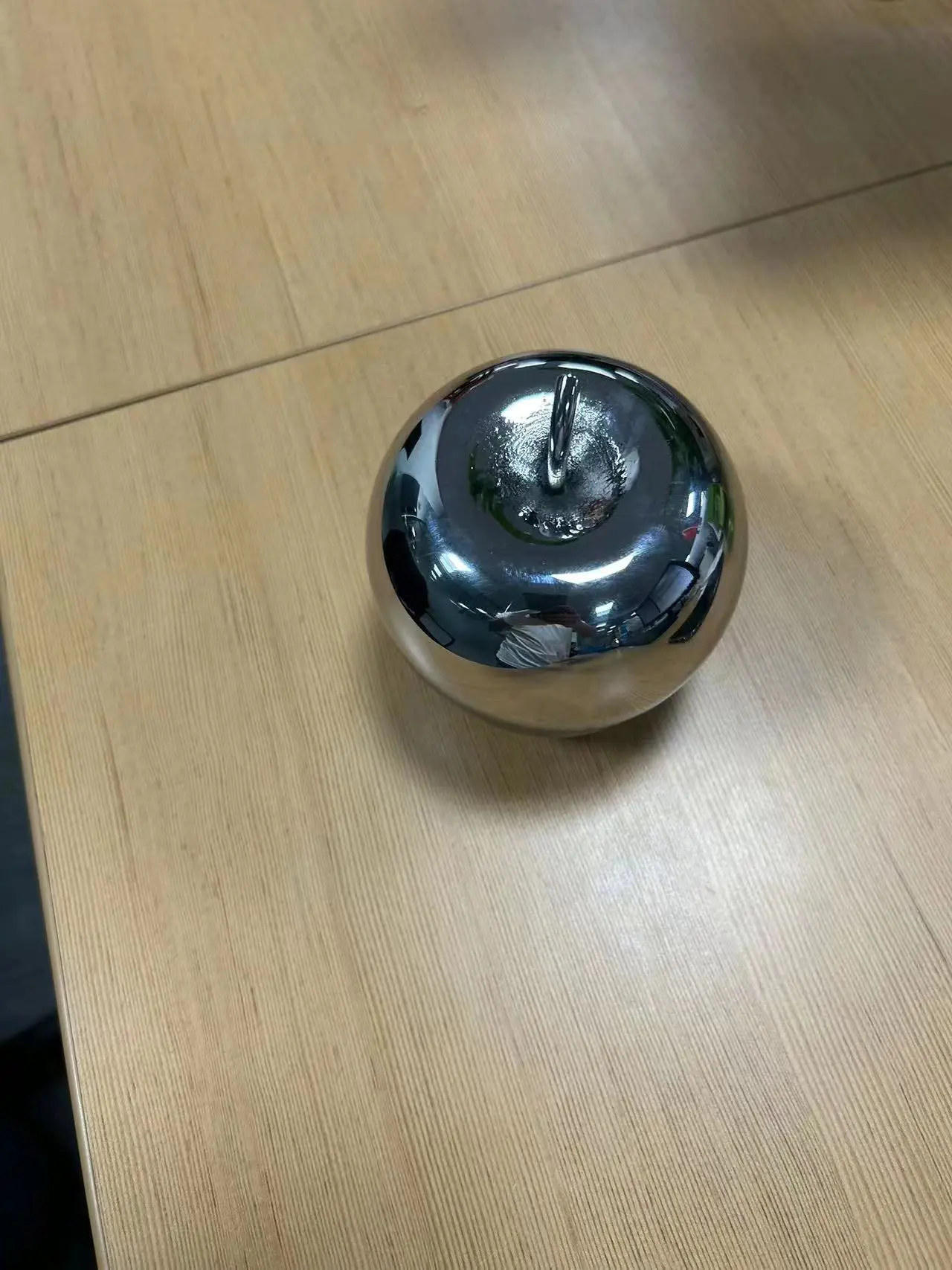As the field of 3D printing continues to evolve, one of the most exciting and creative aspects of the technology is the ability to map 3D printing. This process not only enhances the aesthetic appeal of printed objects, but also protects them from environmental degradation, making them more durable and lasting. In this article, we will dig into the world of painting 3D prints, exploring best practices, techniques and materials to achieve professional-level results.
Prepare 3D printing of painting
Before you begin painting 3D printing, you must make sure that the surface is ready. This involves removing any support material, grinding the surface to smooth out the rough edges, and applying a primer to create a firm bond between the paint and the printed material. The type of primer used may vary depending on the 3D printed material (such as ABS, PLA or resin).
Choose the right paint for your 3D printing
The choice of paint for 3D printing depends on several factors, including the type of material used to print, the required color and finish, and the expected use of the printed object. Acrylic paints are a popular choice for 3D printing because of their versatility, adhesive properties and ease of use. However, other types of paints (such as enamel or spray paint) may also depend on the specific requirements of your project.
3D printing of painting technology
To get professional-grade finishes on 3D printing, it is crucial to adopt the right painting techniques. This includes applying a thin coating of paint, allowing each coat to dry before adding other layers, and using a primer to prevent the paint from being aggregated in the embedded area. For complex prints with intricate details, it may be necessary to use a brush to apply paint to small areas, while larger prints may benefit from using a spray gun to make it smooth or even smooth.
Post-applied treatment
After 3D printing, you may want to consider applying a transparent coat to protect the paint and give the object a glossy finish. This is especially important if the printed object is exposed to elements or is frequently processed. Additionally, some prints may require sealants to prevent moisture from penetrating the material and causing damage.
in conclusion
Painting 3D printing is an exciting and creative way to enhance the appearance and durability of printed objects. By following the right technology, using the right materials and preparing the surface correctly, you can achieve professional-level results to demonstrate your 3D printing skills. Whether you are an amateur or a professional, the art of painting 3D prints offers endless possibilities for innovation and self-expression.
FAQ (FAQ)
-
What is the best type of paint to use on 3D printing?
The best type of paint used on 3D printing depends on the material used to print, but acrylic coatings are often a popular choice due to their adhesion and ease of use.
-
Do I need to give my 3D printed primer before painting?
Yes, starting 3D printing is essential to establish a strong bond between paint and printing materials, ensuring a long-lasting finish.
-
Can I use any type of primer on 3D printing?
No, the type of primer used should be compatible with 3D printed materials. For example, primers designed for plastics may not work well on metal prints.
-
How to get a smooth finish on 3D printing?
For smooth results, apply a thin coat to allow each piece to dry before adding the other layers. Use primer to prevent paint from gathering in embedded areas and consider using spray guns for large prints.
- Can I draw 3D prints made of different materials?
Yes, you can draw 3D prints made from various materials including ABS, PLA, resin and metal. However, the choice of paint and primer may vary depending on the material used to print.





